Book says ‘Big Data’ becoming a global nervous system — from USA TODAY by Chuck Raasch — with thanks to Ray Schroeder for the resource
Explosion of “Big Data” collection and analysis is hopeful, yet worrisome, trend
Excerpt:
Smolan, a former National Geographic photographer, built the book around a simple premise: That “big data” are becoming a “planetary nervous system,” the potential and consequences of which few have even started to contemplate.
It’s “an extraordinary knowledge revolution that’s sweeping, almost invisibly, through business, academia, government, health care and everyday life,” he says.
That revolution, he says, is being built on “a set of technologies coming together at just the right time, brought about by widespread and low-cost sensors that can now communicate with each other, the plummeting cost of computing power, the ubiquitous everywhere and always-on aspect of the Internet, the rapidly proliferating spread of smart devices.”
Also see:
- 13 big data vendors to watch in 2013 — from .informationweek.com
- cetas.net/blog









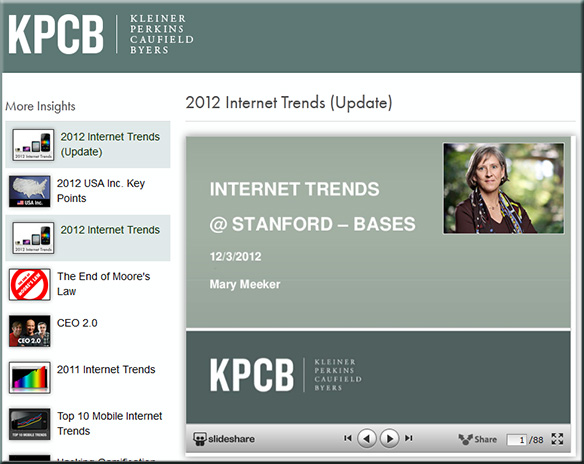
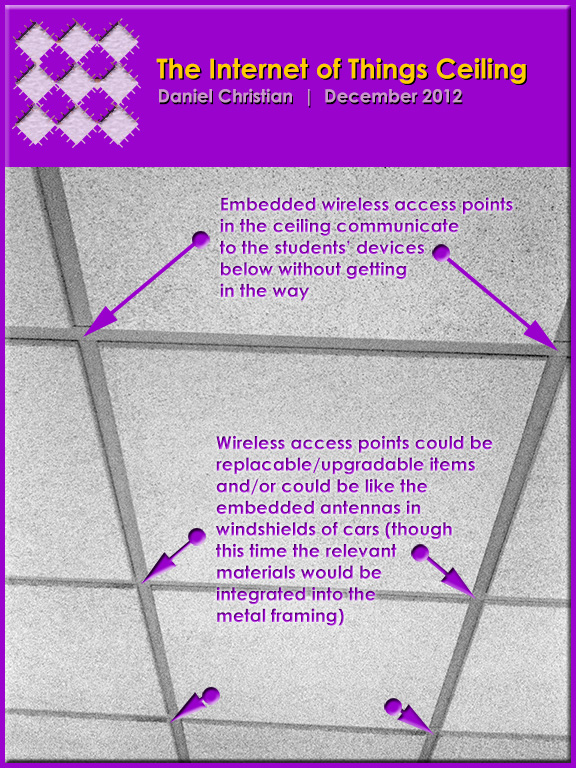
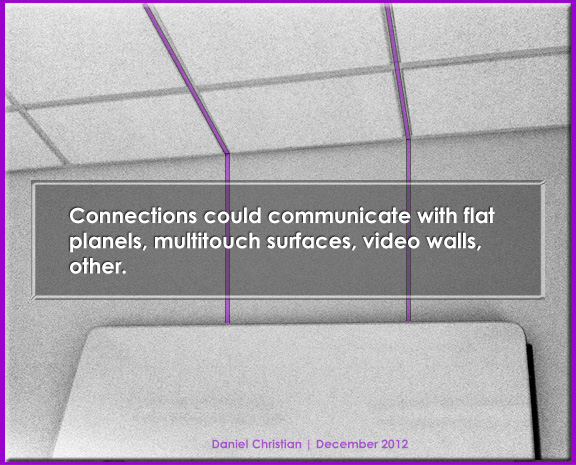

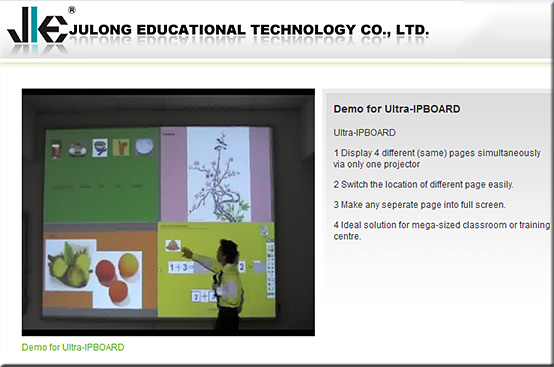
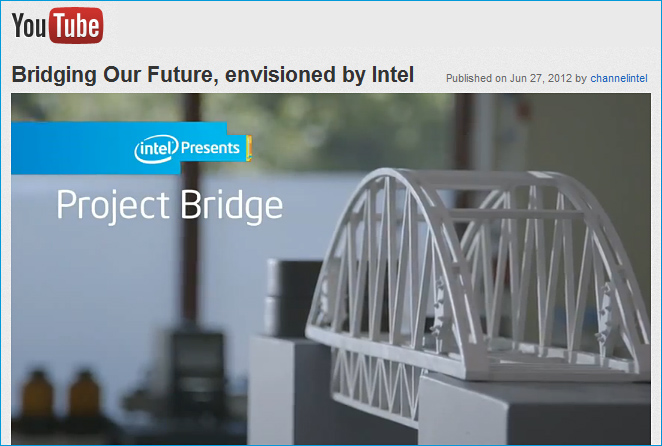
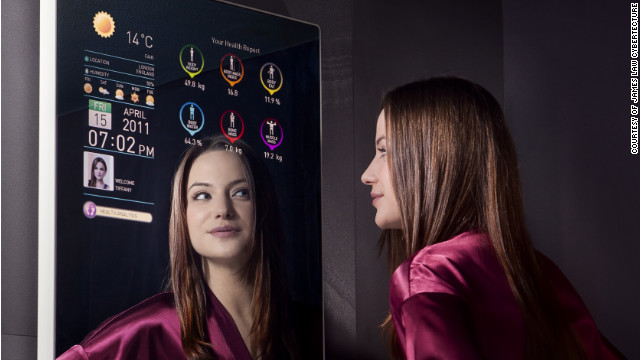
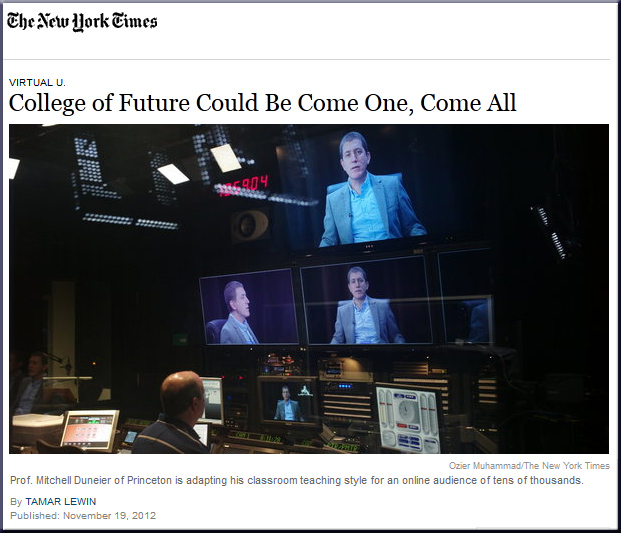

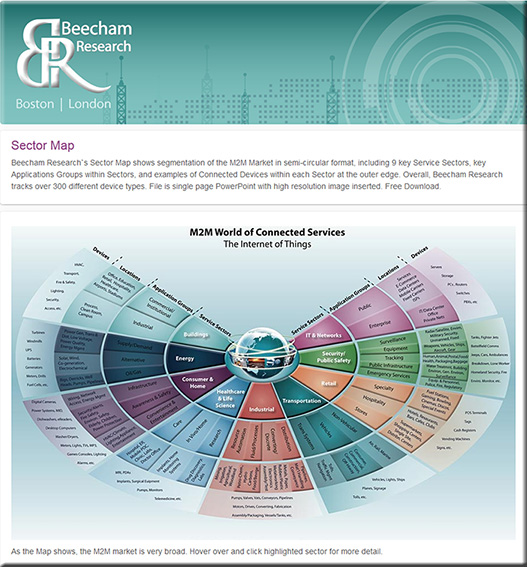
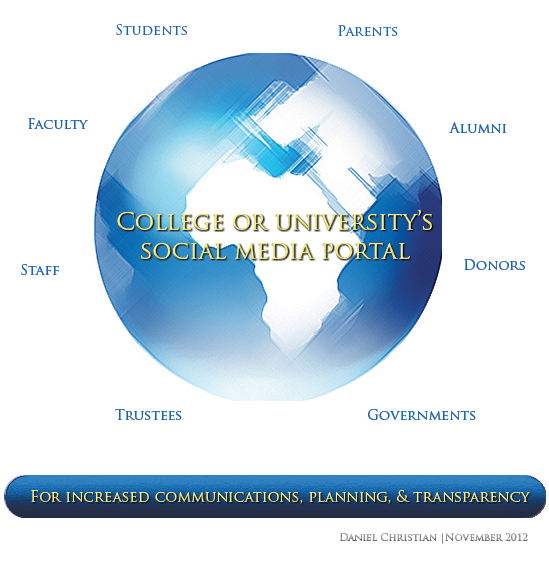
![HigherEducationNowAtBat--DanielChristian Higher education used to be on deck, but is now at bat. [Christian]](http://danielschristian.com/learning-ecosystems/wp-content/uploads/2012/09/HigherEducationNowAtBat-DanielChristian1.jpg)
![ImpactOfTheInternetOnHE-July2012 The incredible impact of the Internet on higher education [infographic]](http://danielschristian.com/learning-ecosystems/wp-content/uploads/2012/07/ImpactOfTheInternetOnHE-July2012.jpg)